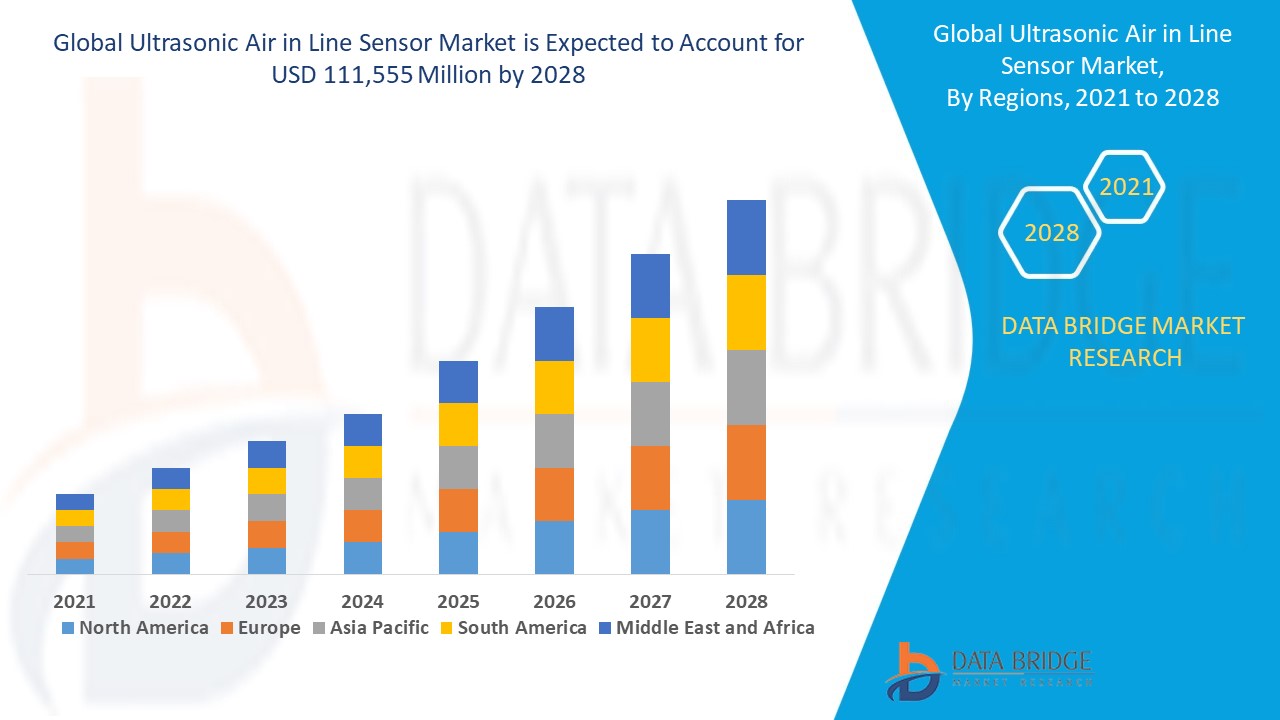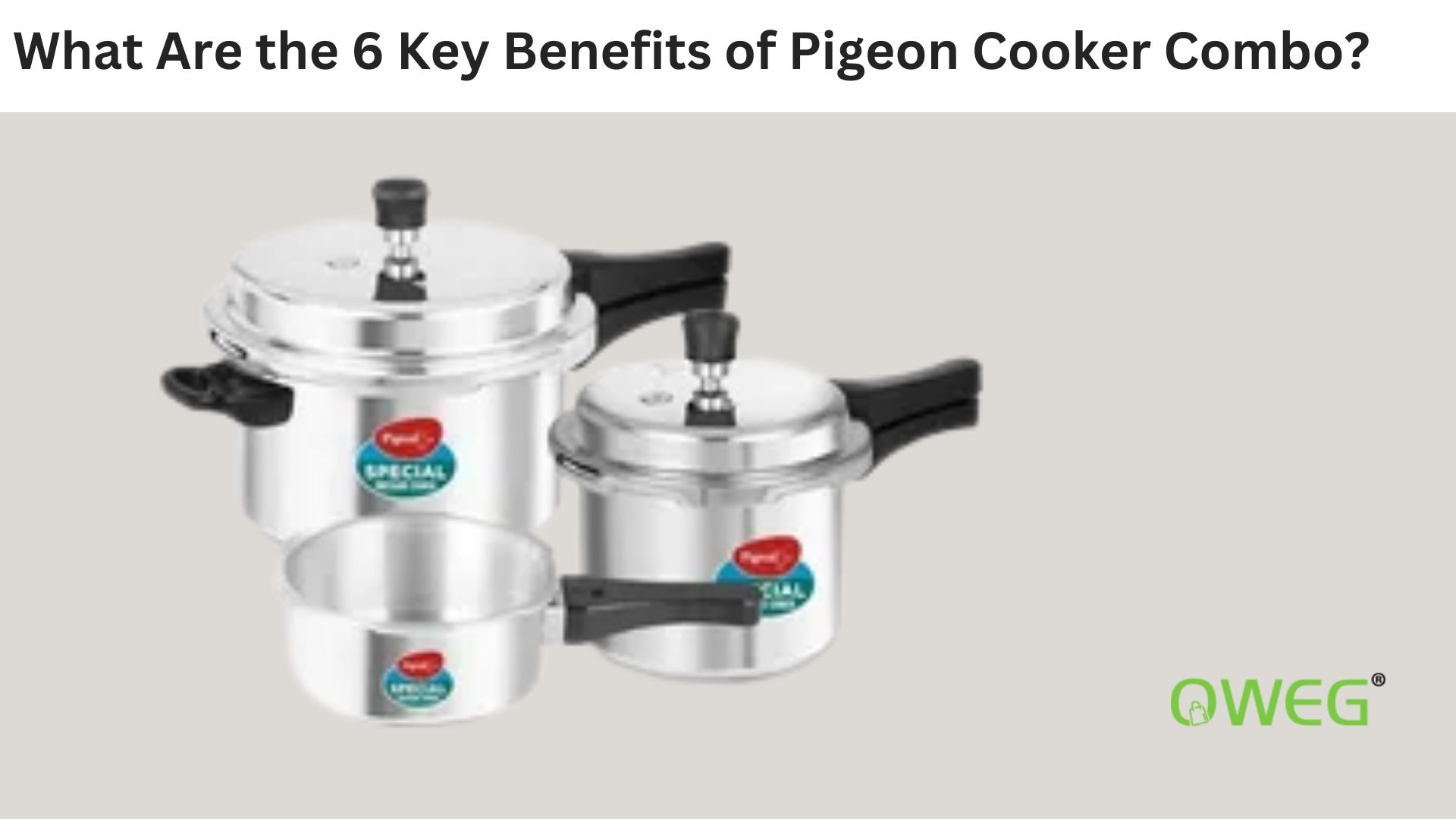Introduction
In recent years, the ultrasonic air-in-line sensor market has gained significant attention due to its critical role in enhancing the safety and efficiency of fluid handling systems. These sensors are essential in applications where the presence of air bubbles in liquid lines can compromise performance or patient safety—most notably in medical devices like infusion pumps, dialysis machines, and blood transfusion systems. The market for ultrasonic air-in-line sensors is being driven by advancements in sensor technology, increased demand in healthcare and industrial automation, and a growing focus on preventive maintenance and system reliability.
This article provides an in-depth look at the market landscape for ultrasonic air-in-line sensors, including its drivers, challenges, key applications, and future growth prospects.
What is an Ultrasonic Air-in-Line Sensor?
Ultrasonic air-in-line sensors are non-invasive devices that detect air bubbles in liquid-carrying tubes using ultrasonic waves. These sensors operate by transmitting high-frequency sound waves through the tubing; when an air bubble is present, it causes a measurable change in the ultrasonic signal, alerting the system to a potential issue.
Key characteristics of these sensors include:
- High sensitivity and accuracy
- Non-contact measurement
- Fast response time
- Compatibility with various tube materials
Their non-invasive nature makes them ideal for use in sterile environments like hospitals and laboratories.
Market Drivers
- Rising Demand in the Medical Sector
The most prominent driver of the ultrasonic air-in-line sensor market is the healthcare industry. These sensors are vital in preventing air embolisms during intravenous fluid delivery, dialysis, and blood transfusion. With an aging global population and an increase in chronic illnesses, the demand for safe, automated medical equipment is higher than ever. - Growth in Industrial Automation
Beyond healthcare, industries like food & beverage, chemical processing, and pharmaceuticals are increasingly integrating ultrasonic air-in-line sensors into their automation systems. Detecting air in pipelines helps prevent pump damage, ensures process continuity, and maintains product quality. - Technological Advancements
Continuous innovation in ultrasonic technology, signal processing, and miniaturization has enabled the development of compact and cost-effective sensors. Enhanced algorithms and AI-driven diagnostics are being integrated to offer predictive maintenance and reduce system downtimes. - Stringent Safety Regulations
Governments and regulatory bodies worldwide are imposing strict safety and quality standards, especially in healthcare and manufacturing. This regulatory pressure has pushed companies to adopt advanced monitoring systems, further boosting the demand for air-in-line sensors.
Key Market Segments
The ultrasonic air-in-line sensor market can be segmented by:
- Type of Mounting: Clamp-on, Inline
- End-Use Industry: Medical, Food & Beverage, Chemical, Pharmaceutical, Aerospace
- Geography: North America, Europe, Asia-Pacific, Latin America, Middle East & Africa
Medical Sector Dominance:
Among all segments, the medical sector holds the largest market share due to its widespread use in patient care equipment. Infusion therapy and extracorporeal circulation devices, where even a small air bubble can be fatal, are key application areas.
Geographic Insights:
- North America is leading in terms of adoption, thanks to its advanced healthcare infrastructure and presence of leading medical device manufacturers.
- Asia-Pacific is expected to witness the fastest growth due to increasing healthcare investments, especially in countries like China and India.
- Europe maintains a strong position due to strict medical device regulations and innovation in industrial automation.
Challenges in the Market
Despite promising growth, several challenges exist:
- High Initial Costs
Although prices are decreasing, the initial cost of advanced ultrasonic sensors can still be high, especially for small and medium enterprises (SMEs). - Complex Integration
Integrating these sensors into existing systems, particularly in older infrastructure, can be technically complex and costly. - Sensitivity to Environmental Conditions
Factors like temperature, pressure, and tubing material can affect the accuracy of sensor readings, necessitating frequent calibration and customization.
Competitive Landscape
The market is moderately consolidated, with a mix of established players and new entrants competing based on innovation, reliability, and pricing. Key players in the ultrasonic air-in-line sensor market include:
- TE Connectivity
- Sensaras LLC
- SONOTEC GmbH
- Introtek International
- Moog Inc.
- ClearLine MD
- CeramTec
These companies are investing in R&D to develop smaller, smarter, and more energy-efficient sensors. Strategic partnerships with OEMs (original equipment manufacturers) in healthcare and industrial sectors are also being leveraged to expand market reach.
Recent Innovations and Trends
- Miniaturization and Portability
The trend toward miniaturized sensors is enabling their use in portable and wearable medical devices, broadening their application scope. - IoT Integration
With the rise of the Internet of Things (IoT), air-in-line sensors are increasingly being integrated into smart systems for real-time monitoring, alerts, and data logging. - Artificial Intelligence and Predictive Analytics
Some sensors now use AI algorithms to predict system failures by analyzing air detection patterns over time, facilitating preventive maintenance. - Wireless and Battery-Powered Devices
Battery-powered and wireless ultrasonic sensors are entering the market, enabling flexible installations in hard-to-reach or mobile environments.
Future Outlook
The ultrasonic air-in-line sensor market is poised for significant growth in the coming years. According to industry analysts, the market is expected to grow at a CAGR of over 6-8% between 2025 and 2030. Factors such as global healthcare expansion, increased automation, and advancements in smart sensor technologies will be the primary growth drivers.
Emerging markets in Asia-Pacific and Latin America are expected to offer lucrative opportunities due to rising investments in infrastructure, industrial modernization, and healthcare access.
Conclusion
The ultrasonic air-in-line sensor market is evolving rapidly, driven by the twin forces of technology advancement and growing safety awareness. As industries prioritize precision, patient safety, and operational efficiency, the adoption of reliable air detection systems is set to increase.
Manufacturers that focus on innovation, cost-effective solutions, and seamless system integration will be well-positioned to lead the next wave of growth in this vital market segment.
Read More : https://www.databridgemarketresearch.com/reports/global-ultrasonic-air-in-line-sensor-market












Leave a Reply